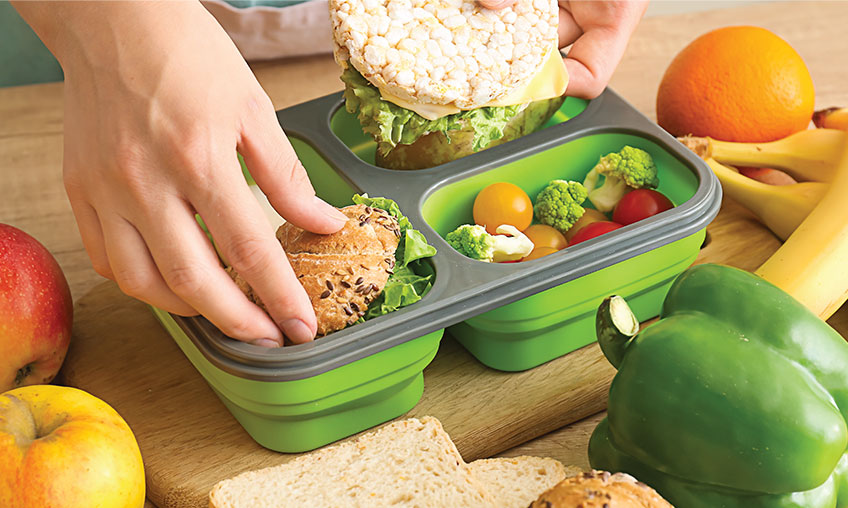Good eating habits and snack facts
- Eating a lot of snacks that have sugar may give your child cavities.
- Limit snacking between meals. When eating many snacks, the acid in the mouth is high. High acid levels can help make a cavity. Try to avoid sugary foods like gum, hard candies, and suckers that stay in the mouth for a long time.
- Limit the eating of soft, sticky sweets that get on and in between the teeth, like chewy candy or raisins. Sticky foods stay in the mouth longer and the acid can decay the tooth.
- Do reduce the damage that can be caused by sweets by serving sweets with other foods or drink.
- Your child needs to eat many kinds of foods: breads, milk and milk products, meat, vegetables and fruits. Do give your child snacks that are low in sugar like vegetables, fruit, cheese, or pretzels.
- Brush your teeth after eating. It is important to prevent getting cavities.
Early warning signs of tooth decay
See your dentist if you notice:
- Small white spots on teeth
- Swelling of the face
- Tiny holes in enamel
- Pain in mouth
- Tooth sensitive to heat, cold, or sweets
- Tooth painful or sensitive when chewing
Going to the dentist
- Keep visiting the dentist every 6 months. You will learn how to teach your child how to take care of his/her own mouth.
- The dentist will watch for tooth decay and changes in the mouth that may cause tooth decay.
- The dentist will only recommend x-rays when necessary.
- The dentist will do an exam and decide how often to clean the teeth and how often to put fluoride on the teeth.
- The dentist will look at the mouth and how the teeth fit together. This can affect eating, talking and smiling. The dentist will recommend how to fix any problems.
- The dentist may recommend sealants as the permanent back teeth come in. Dental sealants are a plastic resin that a dentist puts into the grooves of the chewing part of a tooth to help prevent tooth decay.
 Preventistry Pulse Image
Preventistry Pulse Image
PREVENTISTRY PULSE
The newsletter designed for anyone who wants to improve oral health for themselves, their families, customers or communities.





